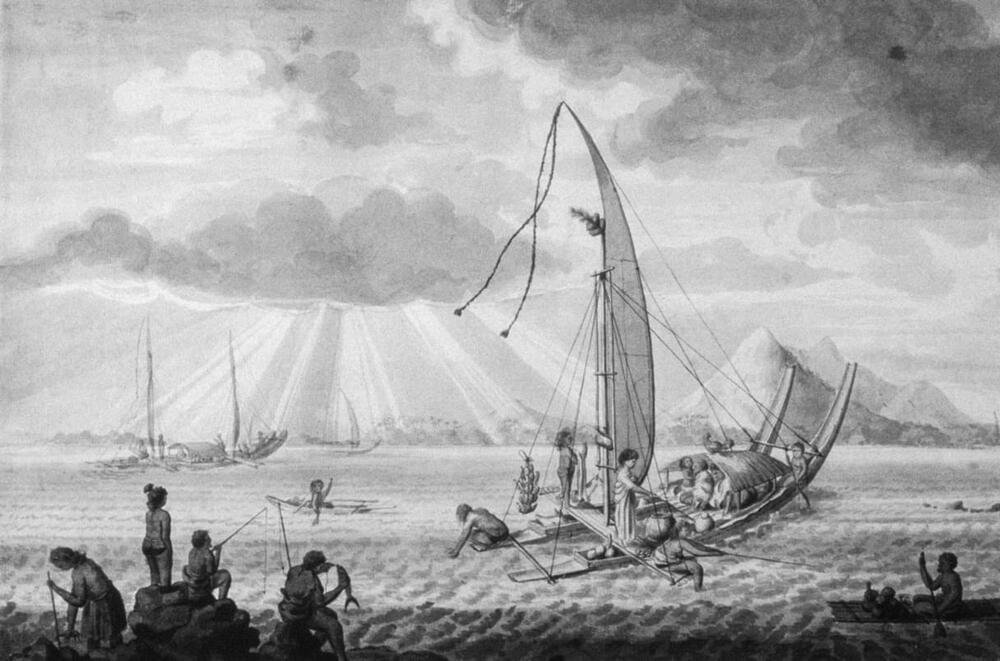The earliest genetic traces of Native American ancestry among Polynesians.
The peopling of Polynesia was a stunning achievement: Beginning around 800 C.E., audacious Polynesian navigators in double-hulled sailing canoes used the stars and their knowledge of the waves to discover specks of land separated by thousands of kilometers of open ocean. Within just a few centuries, they had populated most of the Pacific Ocean’s far-flung islands. Now, researchers have used modern DNA samples to trace the exploration in detail, working out what order the islands were settled in and dating each new landfall to within a few decades.
“The whole question of the settlement of Polynesia has been going on for 200 years,” says University of Hawaii, Manoa, archaeologist Patrick Kirch, who was not involved in the research. “This is a really great paper, and I’m happy to see it.”
Archaeologists already had hints of how this great exploration took place. Studying the styles of stone tools and carvings, as well as languages, of the people on the various islands had suggested the original ancestors traced back to Samoa and that the expansion ended halfway across the ocean in Rapa Nui, or Easter Island. But they disagreed on whether it happened in a few centuries, beginning around 900 C.E., or started much earlier and lasted 1 millennium or more.
